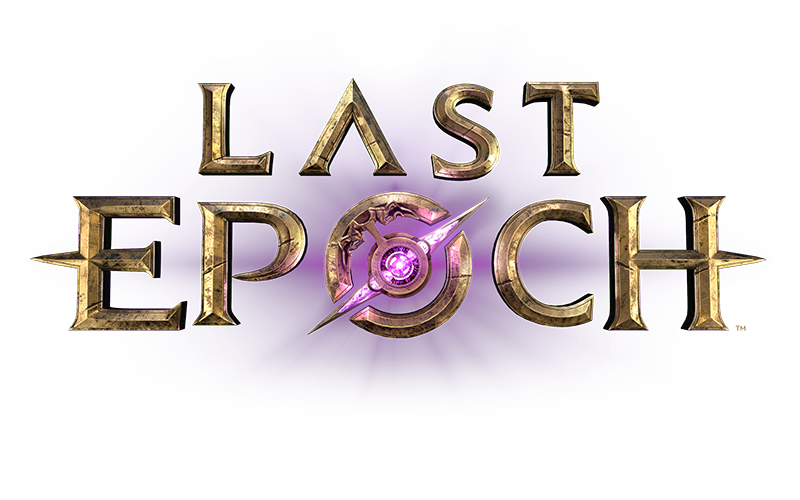Hello from Japan! I’m using machine translation, so I apologize if my English sounds strange!
-
Lack of Weight in Sound Design
The most critical issue I wish to highlight in this review is the weakness of the sound effects. Overall, the hit sounds lack impact, and the sense of realism and exhilaration accompanying attacks is insufficient, resulting in a lack of tactile feedback during combat. In action games, sound plays a vital role in conveying the weight and power of strikes—often more intuitively than visuals. The current underwhelming audio diminishes the excitement of combat, leaving very few moments that feel genuinely satisfying to control. Furthermore, the sound effects for item drops are subdued, failing to deliver a rewarding impact. Rare drops should be accompanied by suitably lavish and memorable sound cues. Without clear auditory feedback, players struggle to feel a sense of accomplishment or excitement, making it difficult to perceive rewards as meaningful. In summary, enhancing the sound design is an essential step to significantly improve immersion and overall player satisfaction. -
Underdeveloped Storyline
While the time-travel element offers a fresh concept, the overall narrative feels underdeveloped due to its overly complicated and drawn-out structure, unconvincing developments, and simplistic presentation. Even after reading explanatory websites, the story remains difficult to grasp and leaves a sense of unresolved confusion. -
Poor Translation Quality
The text frequently gives the impression of being machine-translated, with noticeable typographical errors. This undermines the gameplay experience in the Japanese language environment. -
Lack of Status Display in Inventory
It is inconvenient not to be able to check status values such as resistances when switching equipment. A simplified status display within the inventory screen would greatly improve usability. -
Cumbersome NPC Dialogue
Every time a player interacts with a merchant NPC, a short dialogue begins, requiring the player to skip through it just to access the item list. A more practical option would be to allow direct access to the item list. -
Difficulty Distinguishing NPCs from Other Players
It is often difficult to distinguish NPCs from other players based solely on the small marker above their heads. This leads to many situations where clicking on NPCs becomes cumbersome in crowded areas. Clearer visual differentiation is needed. -
Unclear Item Rarity Indicators
The background color indicating item rarity is too faint, making it easy to accidentally sell valuable items. Improvement is strongly recommended. -
Insufficient Stash Search and Sorting Functions
Currently, only tab-specific highlighting is available, making it extremely inconvenient to search or manage items across multiple tabs. A comprehensive search and sorting system is highly desirable. -
Inefficient Placement of Stash and NPCs
In certain areas, the stash and NPCs are placed too far apart, causing unnecessary movement. The layout of key facilities within the hub should be optimized for better convenience. -
Skill Level Reduction Upon Respecialization
In the hack-and-slash genre, there remains a design tendency toward deliberate inconvenience, aimed at “padding content” or “prolonging playtime.” The temporary reduction of skill levels upon respecialization is a prime example. The true appeal of hack-and-slash games lies in the freedom to experiment with various skill and equipment combinations to build and refine one’s strategy. Penalizing respecialization restricts this flexibility and acts more as a deterrent to experimentation than an incentive for creativity.
For new players in particular, the penalties for mistakes or reallocation are too steep, discouraging exploration. While some argue that such mechanics encourage responsibility and planning, this only holds true when diverse and flexible choices are guaranteed. Beginners cannot possibly grasp the full intricacies of skills, synergies, and enemy behavior at the outset. Expecting “correct” decisions from the start is unreasonable and leads to cautious, imitative play rather than bold experimentation.
Additionally, some defend the limitation as a means to slow content consumption and extend game longevity. However, this merely delays access rather than providing new experiences. Longevity should be achieved through positive engagements, such as discovering new builds or encountering new content—not through mechanical constraints or slowed progression.
It is worth noting that class switching is restricted in a way that is partially mitigated by the presence of alternative characters, maintaining some design consistency. However, imposing such inconvenience even on minor adjustments that naturally arise as characters grow is a structural flaw that undermines the genre’s core appeal: the freedom to create and adapt.
In conclusion, the current system that lowers skill levels upon respecialization, though ostensibly framed as a strategic feature, ultimately suppresses player experimentation and undermines both flexibility and replayability. Modern game design should move away from such outdated mechanics and instead support satisfying, flexible build creation as the key to both player enjoyment and long-term game success.
Thank you for reading all the way to the end!
